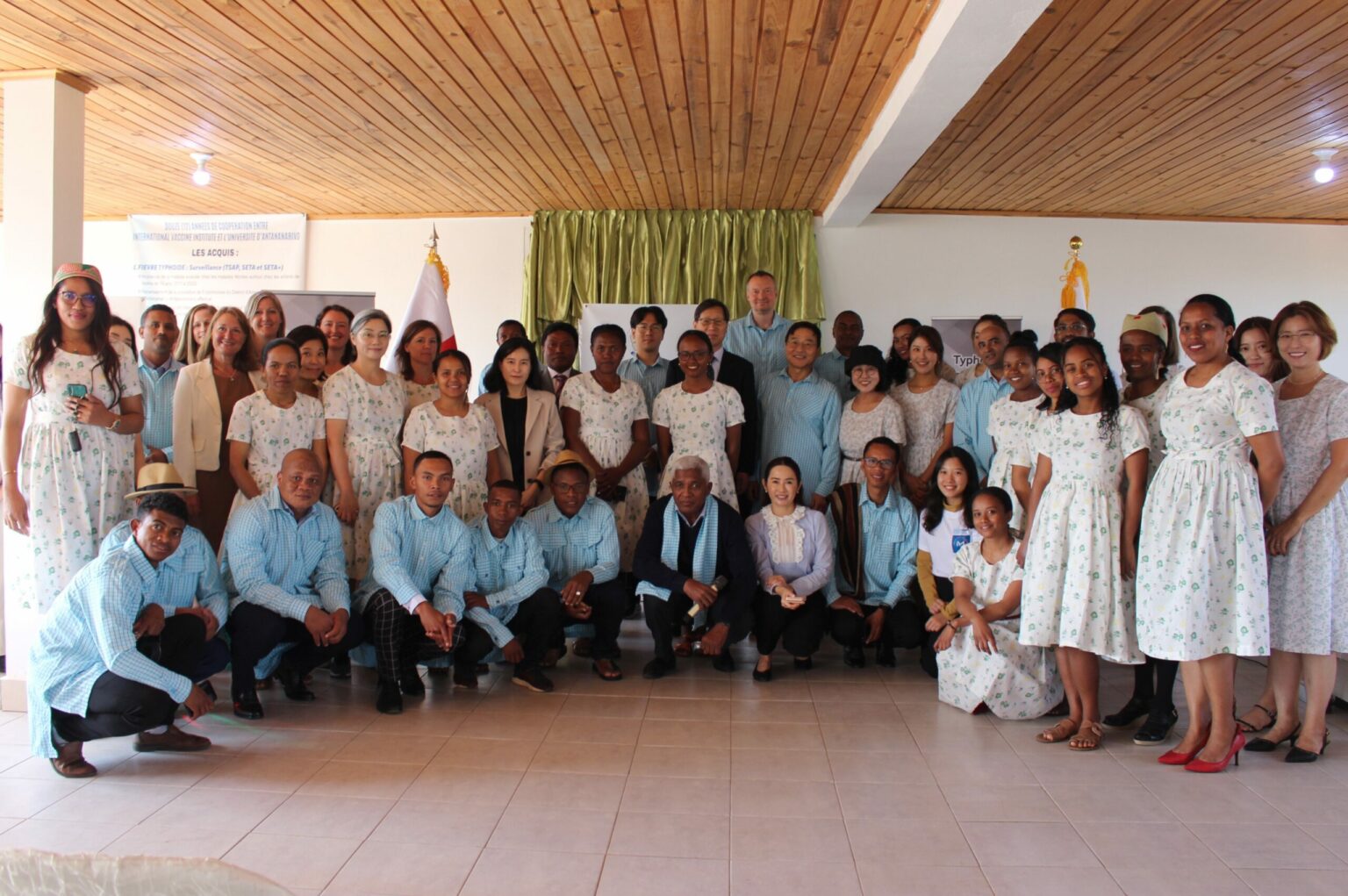Diagnosing typhoid fever is challenging, and the scarcity of reliable burden data makes it difficult for decision-makers to understand and take action against typhoid. Typhoid symptoms—fever, diarrhea/constipation—are non-specific and common to many illnesses. Blood culture, the current gold standard for typhoid diagnosis, is imperfect, misses many infections, and requires trained personnel and specialized laboratory equipment, both of which are often unavailable in settings with the greatest need. Countries, therefore, must rely on multiple sources of data of variable reliability as well as risk indicators to estimate their typhoid burden. Surveillance studies are one data point to understand typhoid burden in endemic countries.
Typhoid surveillance across Africa
In 2016, the Severe Typhoid in Africa program set up typhoid surveillance at 25 sites across six African countries—Burkina Faso, Democratic Republic of the Congo (DRC), Ethiopia, Ghana, Madagascar, and Nigeria—to evaluate typhoid burden. The study included more than 27,000 individuals across all age groups.
The results found that typhoid is a major cause of illness in sub-Saharan Africa. The World Health Organization (WHO) considers countries to have a high burden of typhoid disease when rates are 100 cases per 100,000 people or higher. Many of the incidence rates we observed in the study were substantially higher than this threshold. DRC had the highest typhoid incidence rate at 315 cases per 100,000, followed by a site in Madagascar (162 per 100,000), and Burkina Faso (133 per 100,000).
Across all study sites, the highest disease burden was in children younger than 15 years old. This finding complements the results from surveillance studies in different countries and regions. Our study highlights the urgent need for typhoid conjugate vaccine (TCV) introduction into routine immunization systems to provide protection when children are most at risk. Nigeria’s overall typhoid incidence rate across all age groups was low, yet the youngest age groups clearly experience substantial disease, which is similar to other study countries except Ethiopia. Ethiopia was the only country from the study where typhoid was not identified as a significant cause of febrile illness. In many areas of the country, Ethiopia provides mass administration of azithromycin, an antibiotic that can treat typhoid. This may mask the true typhoid burden if people are being treated even before they fall ill.
High burden in rural areas
Our results indicate a comparative and sometimes higher burden of typhoid in certain rural areas compared to urban centers. This pattern is different from what has been observed in parts of Asia, where burden is largely concentrated in urban areas. Understanding regional and even country differences can help decision-makers identify and implement the most effective typhoid prevention strategy for their country. Population trends suggest that people are moving more than ever before. Accordingly, we must work to reach children with TCV across entire countries to ensure they are protected against typhoid regardless of where they live.

Drug-resistance trends
This study also looked at the prevalence of drug resistant typhoid. In most settings, typhoid bacteria were resistant to first-line antibiotics; multidrug-resistance was common in some countries. These data augment what researchers have seen in other countries across sub-Saharan Africa: high prevalence of drug resistance poses a significant challenge to typhoid treatment. Ineffective and delayed treatment can lead to severe complications, including typhoid intestinal perforations (TIP), which require surgery and have high mortality rates. Intestinal perforations were reported in close to one-third of hospitalized patients in our study. TCVs are highly effective against drug-resistant typhoid strains. Strategic deployment of TCVs can decrease the risk and transmission of typhoid and potentially delay the emergence of drug-resistant strains. This helps to preserve the effectiveness of available antibiotics for those who do get sick.
We need to act now
As more countries consider TCV introduction, these data support evidence-based decisions about typhoid control. Several of the countries where we conducted surveillance are in the decision-making process for TCV introduction. Our hope is that these data provide a crucial data point about the local typhoid burden. TCVs are a highly effective and available tool to prevent typhoid and we must work together to take on typhoid now.
Cover Photo: Professor Raphaël and a team of community volunteers who will help carry out the TyMA typhoid conjugate vaccine. Credit: International Vaccine Institute (IVI).



